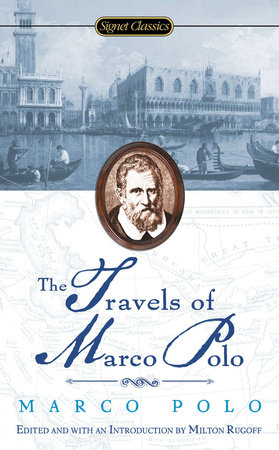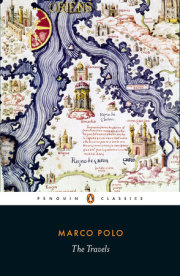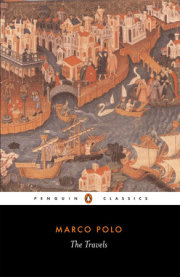The Travels of Marco PoloIntroduction
Principal Figures of the House of Genghis Khan
Map:
Travels of Marco PoloPrologue
Book I
Of Regions Visited or Heard of on the Journey from Lesser Armenia to the Court of the Great Khan at Shangtu
Book II
Of the Great Kublai Khan and of Provinces Visited on Journeys Westward and Southward
Book III
Of the Sea of Chin and the Great Island of Zipangu, Which Lies to the East of Cathay, and of the Islands of Java, Angaman and Zeilan, Which Are in Lesser India. Of Greater India, the Richest and Noblest Country in the World. Of the Islands of the Males and the Females, Socotra, Madagascar, and Zanzibar, and the Provinces of Abyssinia and Aden, Which Comprise Middle India
Book IV
Of the Region of Darkness, the Province of Russia, Great Turkey, and the War Between the Tartars of the West and the Tartars of the East
Afterword
Index










